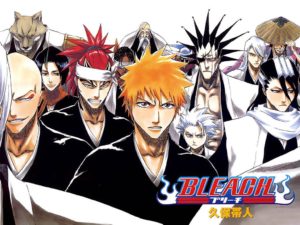
With that in mind, I decided to focus my attention on Bleach. I mentioned Bleach in the One Piece article as well, saying that it was guilty of some of the very same issues that made One Piece unwatchable, if to a lesser degree. In some ways, as you will see soon enough, Bleach actually frustrates me more than One Piece (there will be spoilers for the anime, so read at your own risk). I have a love/hate relationship with the show–I enjoy it, but overall I feel that while it has good parts, it could have been far better if Tite Kubo had made some bolder choices.
Bleach’s style and tone
The most glaring difference between Bleach and One Piece is in the art style. Bleach has a far cleaner look overall. The people actually look like people should, for the most part, and there aren’t’ weird jarring visuals like in One Piece. Certainly, there are some odd looking characters, but their weirdness stands out simply because not everyone is a freak. I also liked how the characters, especially Ichigo, began to look more mature as time went on. In addition, Kubo has an interesting tendency to use his characters as something akin to fashion models, drawing them in a variety of outfits. This adds some visual interest that is fairly unique to Bleach, because most anime show characters in the same get up throughout (no doubt due to the fact that this makes animation faster and cheaper.)
In addition to the art style being far superior to that of One Piece, the overall tone is more appealing. Bleach is a far darker show, focusing on death and the afterlife. Ichigo Kurosaki becomes literally an incarnation of death–the term for “Soul Reapers” in the original Japanese version was “shinigami“, which were basically like angels of death in Japanese folklore. Children die in the show, people go to hell, and overall there is a sense of bleakness to the proceedings.

But not too much so–Bleach strikes a pretty good balance between the dark world building and the attitude of the characters who inhabit it. The characters show an emotional range, rather than being perpetually gloomy like some anime out there. Even the characters who are more dark/serious are usually balanced by other characters.
However, the comic relief in Bleach, while normally pretty good for a Shonen, sometimes overcompensates for the shows inherent darkness to the point that it is grating. Characters such as Don Kanonji and Dondochakka are annoying and pointless (granted, Don Kanonjii was funny at first, but he need not have shown up beyond the first season.) They do nothing but drag down the already bloated plot and drain whatever tension from the scenes they inhabit.

Comic relief characters aren’t the only issue–the use of comedy overall can often steal from the tension in a scene. This, however, is a common feature of many Shonen. While Bleach is a repeat offender, probably the most irritating example of this trend is in Full Metal Alchemist: Brotherhood, where the use of chibi art and jokes about Ed’s height are poorly placed in scenes that should be serious. I don’t mind humor in my shows, but it needs to be placed well. A humorous quip in a fight to the death is one thing–see Samurai Champloo for a few examples– but having a full on sequence with characters needlessly arguing and turning into chibis while cracking jokes is something else entirely. It is so common in Shonen that I wonder if it isn’t so much a genre trope as it is a part of Japanese culture. Whatever the case, it doesn’t translate well for American audiences.
Plot and pacing
Moving from the cosmetic to the meat of the show, Bleach suffers from many of the same plot and pacing issues as One Piece, although not the same degree. There is far too much padding, with one entire season of the anime at least being completely made as filler and several oddly placed standalone “comedy” episodes placed during key sequences in the Hueco Mundo arc (if memory serves.) In addition, the season immediately preceding the Hueco Mundo arc, which had Arrancar attacking Karakura Town and introduced Grimmjow Jeagerjaques, wasn’t strictly necessary or at the very least could have been cut down to make it more palatable.
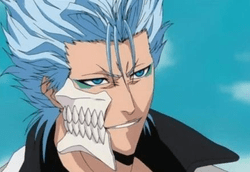
Point of fact, the entire series after the original arc where Ichigo becomes a Soul Reaper and has to save Rukia was a mess. Many sections seemed drawn out interminably for no clear purpose, such as the long journey into Hueco Mundo and the initial battles in Aizen’s citadel. Worse, I had trouble making heads or tales of why things were happening. Sure, there were plenty of exciting battles (and some not so exciting, such as any battle featuring Uryu, whose sequences as a rule stretch out interminably) but the actual reason for the fighting was muddled. Ostensibly, it was because Aizen had stolen the MacGuffin (the Hogyoku, which after a certain point could basically do whatever anyone wanted it to do) and had his servant Ulquiorra kidnap Orihime. Why she was kidnapped, I never quite understood, besides as a way to separate the Soul Reaper forces for the coming battle for Karakura town (Note: the Bleach Wiki states that this was the real reason, based off some of Aizen’s dialogue. I must not have caught this at the time) It was hinted that he wanted to use her power for something sinister, presumably to fix the Hogyoku somehow, but this seemed to be a throwaway plot point. In addition, it seems Aizen’s overall plan was to use the Hogyoku to create the Ogken, a key that would allow him access to the realm of the Soul King, who he planned to kill. Why exactly he planned to do this, and why we should care, is left out. However, in order to make the Ogken, Aizen has to kill 250,000 people, meaning the whole of Karakura Town, giving our heroes a personal reason to fight his mustache twirling villainy.
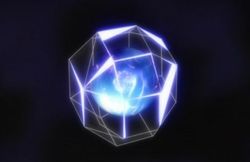
In that lay the key to why the plot in the latter parts of the series is muddled. There isn’t a clear reason for the conflict. Aizen is simply evil because he’s evil. He wants to kill the Soul King and presumably take his place then…do what exactly? This isn’t clear. Obviously killing Karakura Town to do this is bad, but we don’t know much about Aizen’s motivations, so killing thousands to make a key sounds like a bit of a cop out by the writers to give the characters a reason to care about what Aizen is doing.
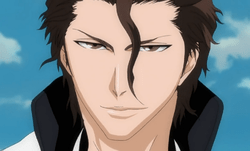
The argument could be made that Ichigo’s motivation for fighting Aizen is because Aizen was behind the plot to have Rukia killed to unlock the Hogyoku locked inside her human body (everybody getting all this? Might need to take notes to keep track), but that isn’t the explicit purpose of the conflict. It mostly seems that they’re fighting Aizen because he is just evil, although even that is up for debate. After all, the Soul Society seems to be at best a backward, feudalistic system that has little benefit for those outside its elite. The bulk of souls who come to it live in abject poverty in a highly stratified society mirroring feudal Japan. Given that, it doesn’t seem like the Soul King is doing very much good for his people, and perhaps replacing him would be a good idea. Certainly, Aizen’s methods leave a lot to be desired, but perhaps he saw the need to overturn the old system and replace it with something better? So he isn’t so much evil, as an idealist. But this isn’t made clear in the show, if it is in fact his motivation, and so it remains speculation.
A glut of characters
Another issue concerning the plot is simply the sheer number of characters involved in it, each with an extensive back story. Bleach has a bad habit of jumping into flashbacks during key moments of fights (the fight with Grimmjow comes to mind), thus robbing the battles of their tension. Characters should be fleshed out before the battles commence–this adds more impact to the fights themselves, as the conflict between the protagonist and antagonist are well fleshed out. Flashbacks should be used sparingly, and only main protagonists and antagonists need to be fully fleshed out. Their back stories need only be hinted at through dialog and actions, not extensive flashbacks. The old adage for novels is “show, don’t tell.” The same applies even in a visual medium–don’t “tell” with extensive flashbacks, rather show through how the character interacts with others.
But then the flashback issue is perhaps a symptom of an underlying issue–there is a glut of characters on Bleach. So many characters make it impossible to do anything but “tell” their back story, because to do otherwise would inflate the episode count to an absurd amount. This is an issue in many Shonen, but Bleach is definitely one of the worst offenders, mostly because of Tite Kubo’s reluctance to thin the herd. Certainly, many of the bad guys die, but the good guys always manage to survive somehow, which pretty much robs the fights of their tension. You know the character will survive–it’s only a matter of seeing how he/she kills the bad guy
There are probably more problems with Bleach and its cast of characters, but to go on and on about them would be moot at this point. I’ve made pretty clear what I think is wrong with the show. Now here is how it might be fixed.
Bleach Kai
Bleach needs a complete overhaul to make it the show it could have been. Basically, it needs the Dragon Ball Z treatment. DBZ was drastically cut down from its original run and re-released as DBZ Kai. Closer to the manga, it is far leaner and a much better watch than the original anime. Bleach needs the same treatment, and what follows will be some suggestions on how to do so in a way that will take Bleach from a show that is good to a new classic.
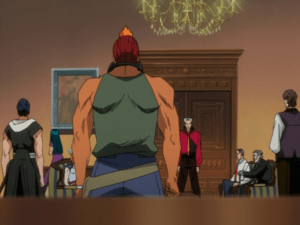
The first step will be to do exactly what was done for DBZ–remove all the filler. This includes the Bount arc, many stand alone episodes, everything with Don Kanonji outside season one (and perhaps even the sequences in season one), the entire build up to Hueco Mundo and large parts within the Hueco Mundo arc.
Step two would be to make Aizen’s motivations more clear. Figure out why he wants to kill the Soul King and what he wants to do afterward. Then make the Hogyoku’s powers more explicit, and if Orihime’s kidnapping remains in the story, give a reason why her power needs to be used on the Hogyoku.
Step three would be to kill characters. Whether killing them off in the initial arc when Aizen rebels or waiting until later when the Soul Society goes head to head with the Espada, main characters need to die. Kill off a few captains and lieutenants, and have Aizen kill Head Captain Yamamoto in a face to face duel. This will raise the stakes, as it takes away the Soul Society’s ace in the hole while showing just how powerful Aizen is. That way, it is more of an achievement when Ichigo finally takes him down.
Finally, and this would be arguably the most bold move, end the series right after the battle with Aizen. The main bad guy is vanquished, and Ichigo loses his Soul Reaper powers. End with Rukia fading away like she did at the end of that season, then maybe fast forward ten or fifteen years with Ichigo married to Orihime or Tatsuki. End it with his kid mysteriously staring out the window and commenting that he sees someone on the power lines, perhaps.
These changes would make Bleach far leaner, meaner and vastly improve upon the potential of the story. It would largely erase the problems that plague most Shonen and allow the potential strength of the story to shine through. Odds are good none of this will happen, but a fan can dream, right?
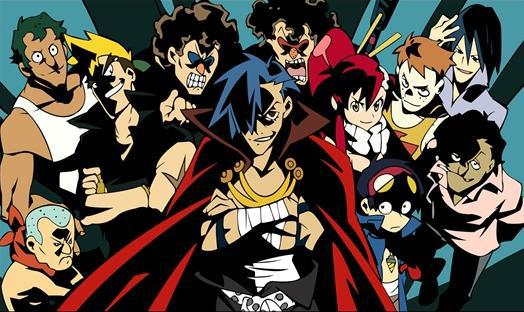

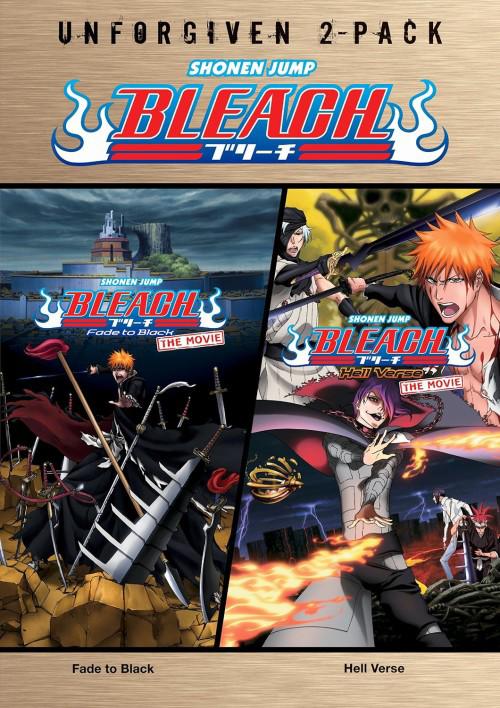
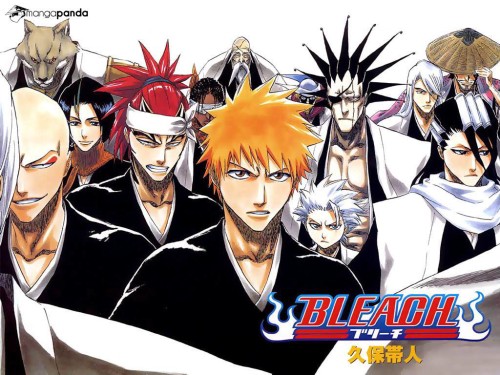
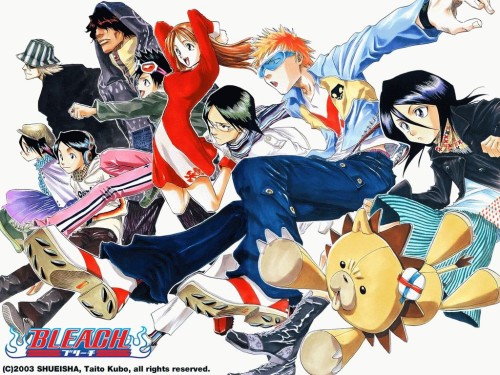
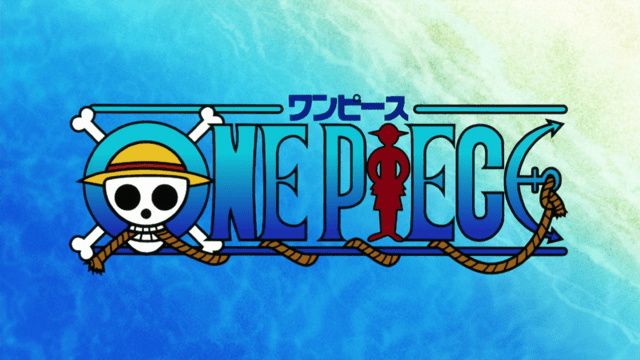
I agree with most but dont kill head captain nor end it after this arc. There are many plot points needed to be answered